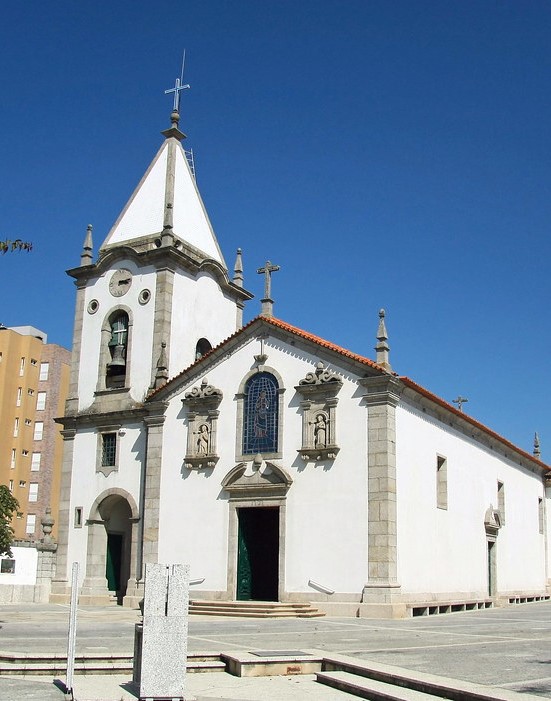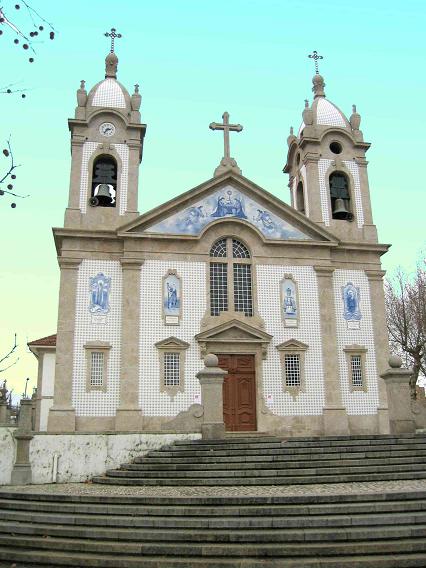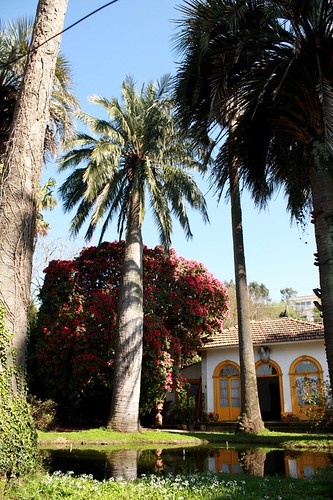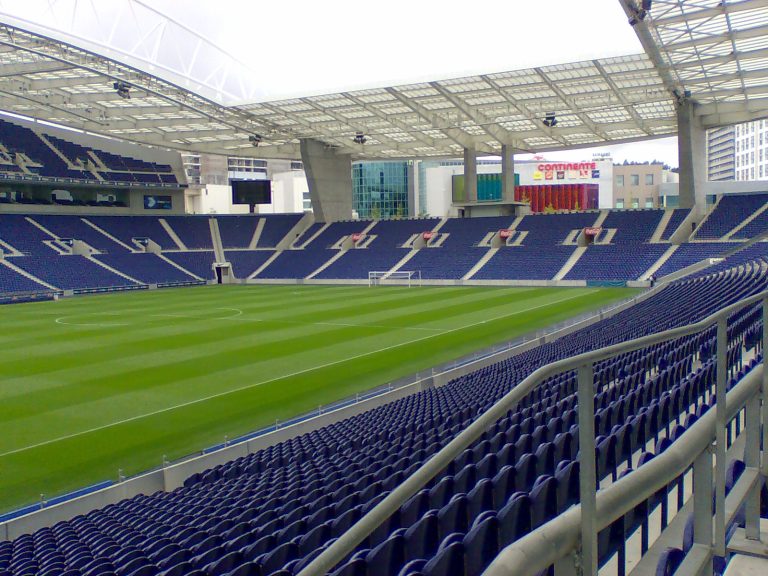Gondomar: Attractions Around Porto
Gondomar is a Portuguese municipality with a population of 164,096, located in the Porto district, extending into the countryside on the right bank of the Douro River. It offers various museums, churches, and natural scenery.
Although it is a small municipality, it is definitely worth visiting when in Porto. One of the most historic landmarks in Gondomar is the Igreja Matriz De Gondomar, the city’s main church, inaugurated in the early 17th century. The church features a granite and lime façade with two statues of the patron saints Cosme and Damião in niches above the main entrance. Another must-see is the Igreja de Rio Tinto, built on top of an older medieval church associated with a Benedictine monastery, and decorated with white and blue tiles depicting the church’s patron saints.
For museum enthusiasts, a visit to the Museu Da Imprensa or the Museu Mineiro De São Pedro Da Cova is recommended. The former attracts those interested in the history of printing, covering both Portugal and the wider world. Located next to Quinta de Villar d’Allen, the museum houses a variety of printing machines, many still operational, with galleries divided into prepress, printing, and finishing sections. Visitors can also explore wood types, lead types, linotypes, monotypes, and intertypes, and there is even a section dedicated to Rodrigo Álvares, the man who introduced printing to Porto in 1498. The latter is a mining museum situated in the old miners’ dormitory, displaying mining carts, a reconstructed mine tunnel, and various accessories such as lamps, helmets, and tools.
Quinta de Villar d’Allen
Zoo Santo iniacio
Estadio_do_Dragao_en_Porto
For football enthusiasts, it is possible to visit the Estádio Do Dragão, just five minutes from the western districts of Gondomar. Here, you can take a tour of the stadium and the club museum. Finally, for those who love nature and wish to enjoy moments of pure relaxation, Praia Fluvial De Zebreiros offers a tranquil view of pine-covered hills. Gondomar also has its spacious and picturesque beaches along the Douro River. Alternatively, you can take a break at the Paleozoic Park of Valongo, an interpretation center highlighting the trilobite fossils discovered in the area, now a protected site. As for folklore, the most vibrant annual celebration in Gondomar, held for over 300 years, is the Festa de Nossa Senhora do Rosário, a kind of harvest festival featuring a grand procession with sweet, cinnamon-flavored reguiefa. Unfortunately, this cultural event occurs on the first Sunday in October, so you might not always be able to experience it.
Stay updated with the latest news, updates, and information on ports of call on Cruising Journal with photos, videos, and special offers on cruises.






